A Turning Point : The Early Days of Computer Art (1960s)
Steemians,
The following is a provocative editorial piece on computer art, published in 1967 and written by Edmund C. Berkeley. I tracked down a scanned copy of the original, as well as a number of computer art pieces included in the 1967 "Computer Art Contest." This publication was one of the earliest collections of digitized art and a fascinating window into a brave world on the cusp of mainstream computation... Take a moment to read the article (it's a really fascinating perspective) or just flip through for the pretty pictures. Either way, enjoy!
"Computer Art : Turning Point" August, 1967
This is the fifth year in which Computers and Automation has held a computer art contest, and the fifth August issue in which we have published examples of computer art.
This year we have had far more entries from far more people than ever before; and we think they show wider and more interesting variations. Recently, in fact, there have been a number of meetings and exhibits dealing with computer art. For example, in Montreal at the end of last autumn, an exhibit of computer art was held, under the auspices of the Computer Club of McGill University. What was remarkable was that more than 12,000 persons visited the exhibit; and it drew so much interest, comment, and newspaper notice, that another exhibit of computer art has been planned in Montreal for this autumn.
We think a turning point in computer art has been reached. We think there may be enough evidence now for making a good case for the following proposition:
- Art in the future will be as profoundly influenced by the computer as by any other medium for expression.
Take for example the medium of photography. Many magazines and many museums nowadays are devoted to art and exhibits through the medium of photography - black and white, and color. Just as many of the results of photography by good photographer artists are astonishingly beautiful, so many of the results of the computer applied to art will in the future be astonishingly beautiful.
There are several reasons why the computer will in the future have a profound influence on the production of art.
One reason is this:
- If the artist wants to make a small change in some detail of his picture, he will be able to do it by means of the computer.
He may say to himself, "That eye is not turned quite right; I would like to turn it a little bit"; and the computer (on suitably programmed request) will turn it for him. Or he can say, "I wonder if that color would be better if it were a grayer purple"; and the computer will change the color for him. In general, instead of being largely limited to his first choice of color and his first choice of line, the artist will have, from the computer, 10,000 choices of color and line, displaying each revised picture on the "color TV" screen of the future, controlled by computer.
A second reason is this:
- If the artist wants to represent some visual concept in some part of his picture, he will be able to, referring to the computer's memory.
He may say to himself, "I wonder what were costumes in France in the late 1400's"; and the computer (on suitable request) will show' him. And he can say, "1. should like a suitable costume fora soldier of medium rank in the army of the Duke of Burgundy," and the computer will show him. The artist will be aided in his representation of visual ideas by the resources of an immense computerized library of visual information.
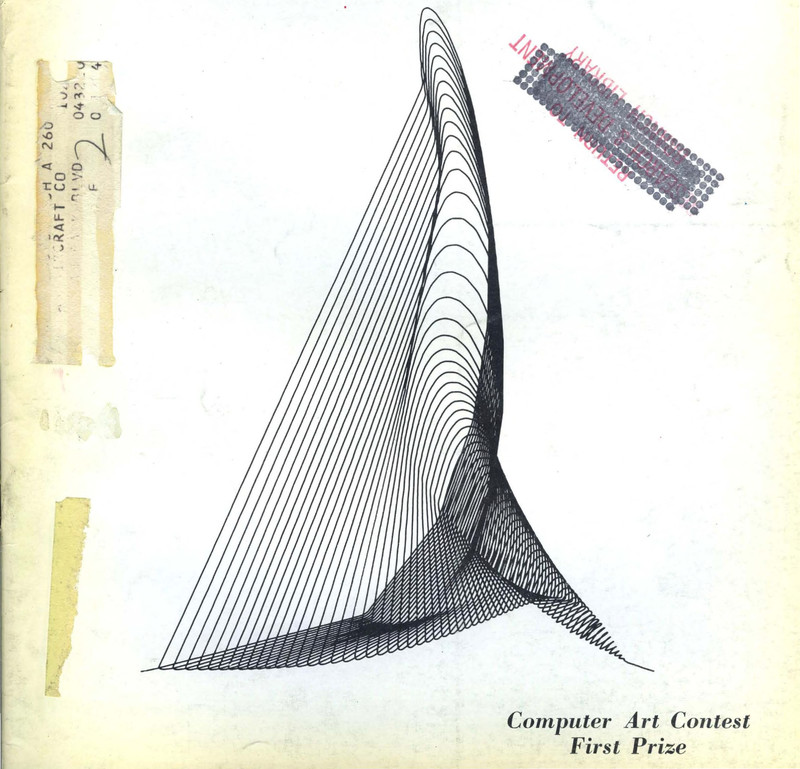
A third reason is this:
- The artist will be able to change the location (both relative and absolute) of any of the elements in his picture. One of the pictures which we show in this issue of Computers and Automation demonstrates exactly this power: the lines that make up a face are distorted, stretched, and inclined, in many gradual successive stages. In the future the artist will have extraordinary power from the computer to move the elements of his picture as he wishes - as if he were drawing on a magic rubber sheet that could stretch or shrink in any way that he desired.
This kind of power is not limited to the visual field. It will apply in music for the musician - giving him variations of tones and melodies as he asks for them. It will apply in sculpture for the sculptor - giving him views of surfaces and forms that he wishes to chisel or mould. The power of the computer to supplement the artist will apply probably to almost every field of art.
Will the human being be superseded? No, for the same reason that the portrait photographer has not superseded the portrait painter. What will happen is that new powers will be given to the human artist, but the selections, the choices, will still be largely in his hands. The computer will provide one more extraordinary motorized instrument and medium for the human being as artist - but the decision about what is beautiful will continue to vary from one human being to another, from one society to another, from one culture to another.
-- Edmund C. Berkeley, 1967. (Article source.)

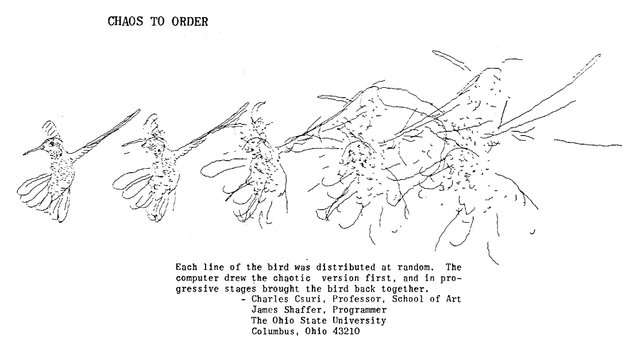
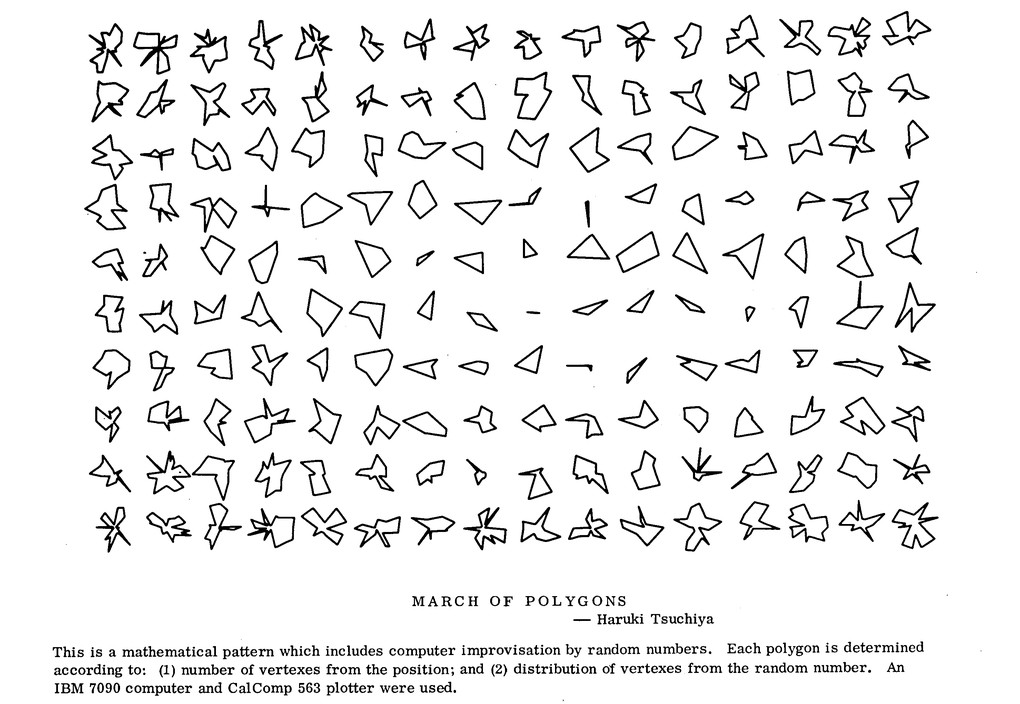
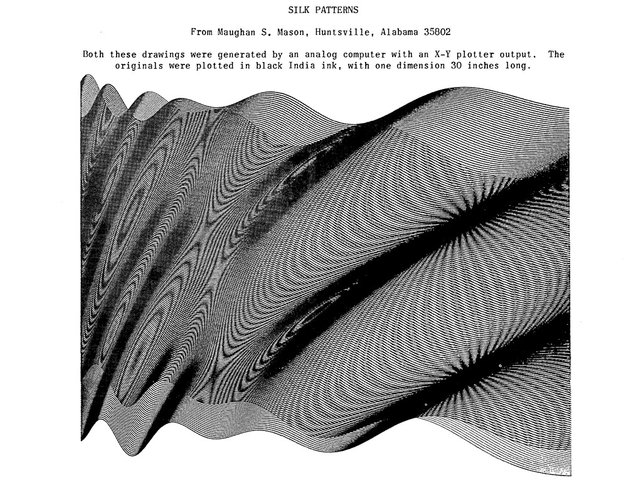
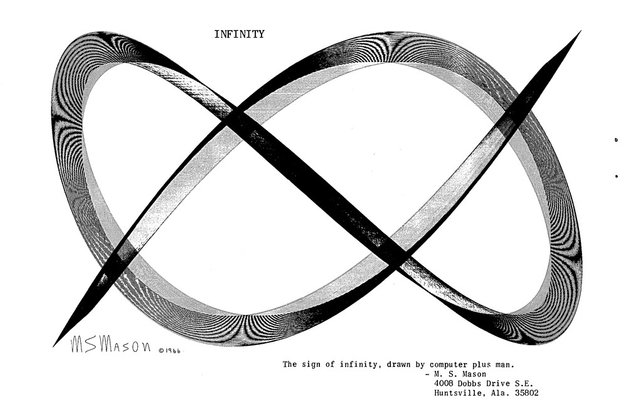
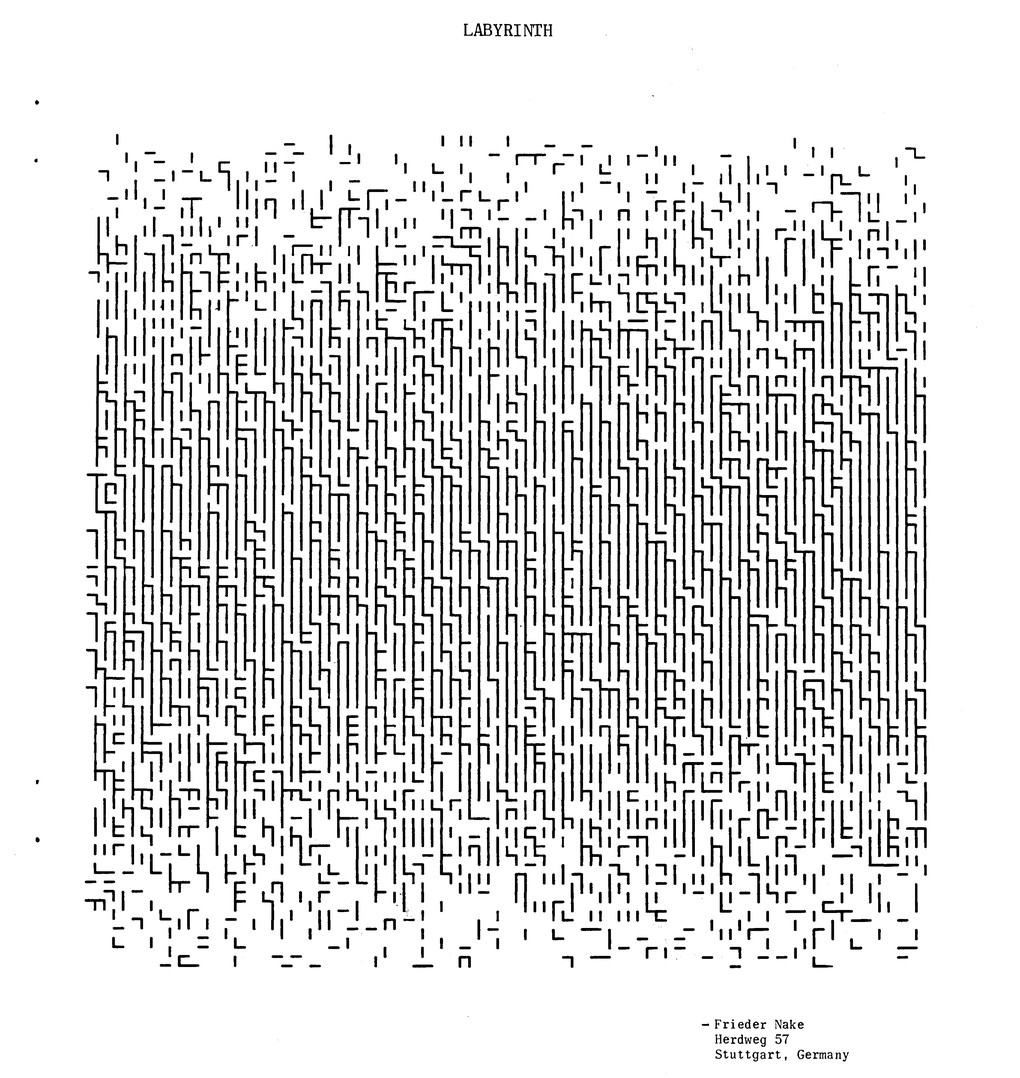
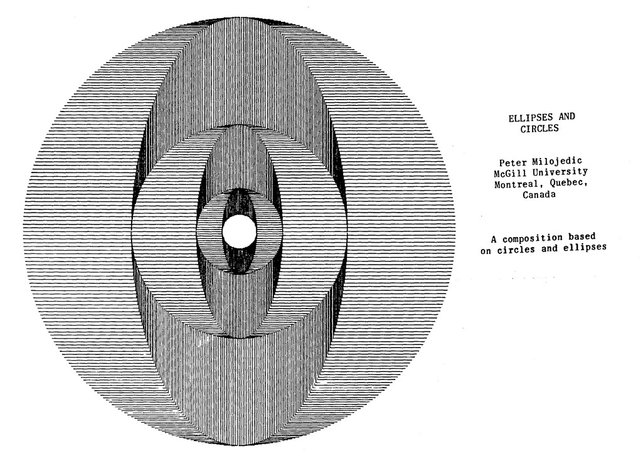
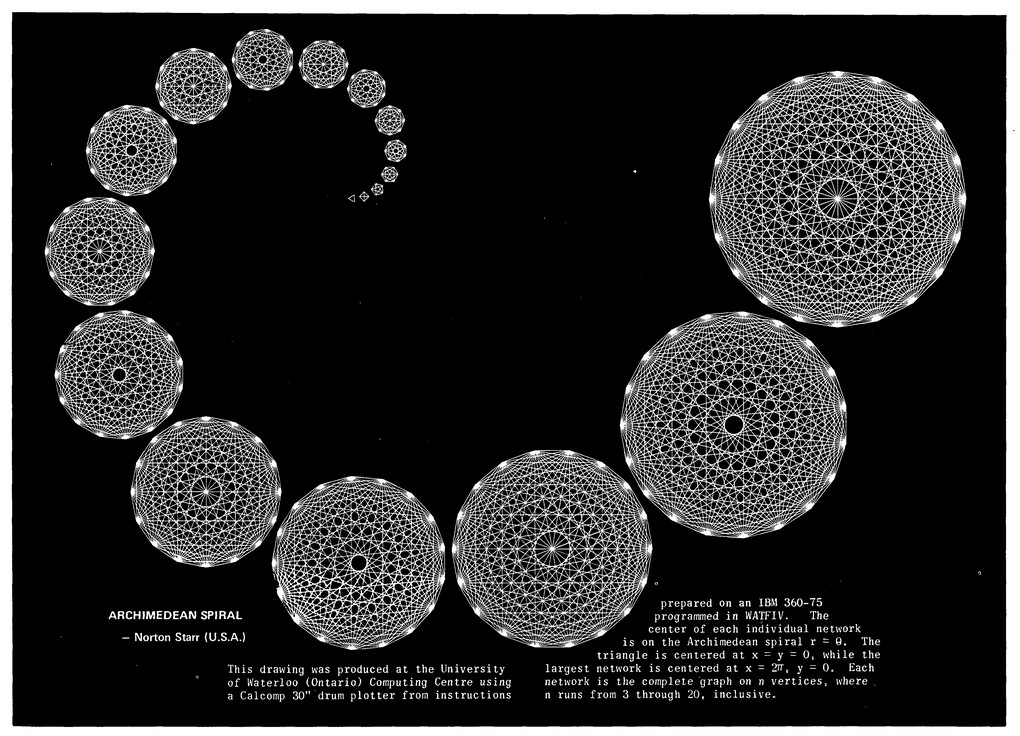
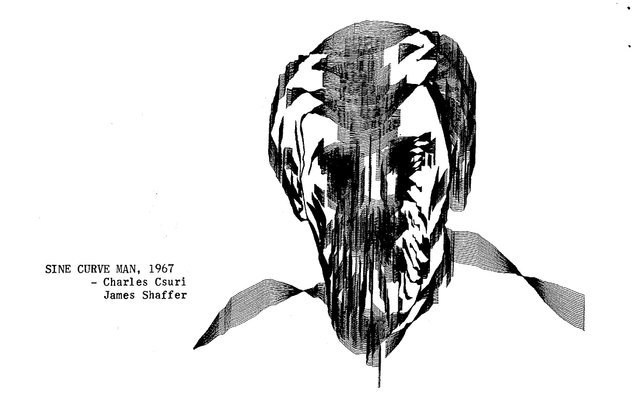

You mention generative / parametric design. I am a digital artist and I often rely heavily on procedural functions to do things like generate waves and to distribute foliage. Things that would be very hard to do by hand. While I have various parameters that I can adjust the base function of the computer does influence what I see. So unlike a traditional media not all of the strokes on my virtual canvas are precognitively rationalized. I don't always know exactly what it will look like until it renders. While I do influence it heavily the computer definitely has it's own influence on my art.
In this image many things have been placed into this scene by procedural functions. While I had a general vision for set and setting I probably would not have had the organic success that I did without digital function.
Very interesting piece.
I remember this rendering of yours from a few months ago @iamwne (beautiful work)... you highlight some important points. While you're not using traditional materials, the attention and application of detail is just as unique. These digital landscapes you've rendered are a new stage in the evolution of craft. You start off with a blank canvas, just like a painter would.
I truly believe that In 50 years, artists will look back at renderings like yours in the same vein as we look back at the paintings of Mondrian or Monet.
Interesting glimpse into the past. What a long way we have come. I always thought of computers back then as being clunky machines best used for calculations. It seems apparent that others had plans early on for design applications. It makes you wonder with all the advancements where we will be in just five years. As much as computers are invaluable for designers now, I still say there is no substitute for the religious experience of working by hand with traditional materials. I hope there will always be a place for this kind of contribution in our high tech world. I like to think so.
I read that a lot of this early art was actually done by scientists and mathematicians... only a handful of people back in the 60's really had access to these machines, and most were at universities or high-tech labs. So it's interesting (and makes more sense) that this early computer art had a lot to do with patterns of algorithms and basic code structure.
Anyway, I absolutely agree with you. I feel like the concept of "craftsmanship" will adapt and evolve. But art by hand is impossible to substitute in its entirety. Perhaps places - like Steemit - will play a rejuvenating role in valuing traditional craft. Time will tell...
Great blast from the past! Thanks a bunch for sharing this precious finding. Namaste :)
Glad you like it Eric! So cool to look back in time and see this perspective. Cheers :)
Something I especially love about your post and these pictures is that it/they reveal the inherent beauty in the digital process; the beauty in the "thinking" that happens when making art via a digital modality. (ha I used a semi-colon despite Vonegut's quote ;-)
A semi-colon!! I think he'd enjoy the fact that a semi-colon is commonly used in a winky face emoji ;)
Also, thank you @natureofbeing! They do have a special and very raw beauty to them. You can see how these early computer scientists stumbled into mapping parabolas (for example) and were so struck by it.
Cool artwork and interesting infos. Thanks for sharing!
Thanks @shortcut glad you enjoyed it :)
added to my #history-trail - well done
Thanks @uwelang! Honored to be added to the trail :)
Wow amazing! 😆
Thank you @personz! :)
@voronoi Interesting article, I remember when the Mona Lisa was made on the first computer. I'll follow you, hoping for reciprocity. I have beautiful pictures.